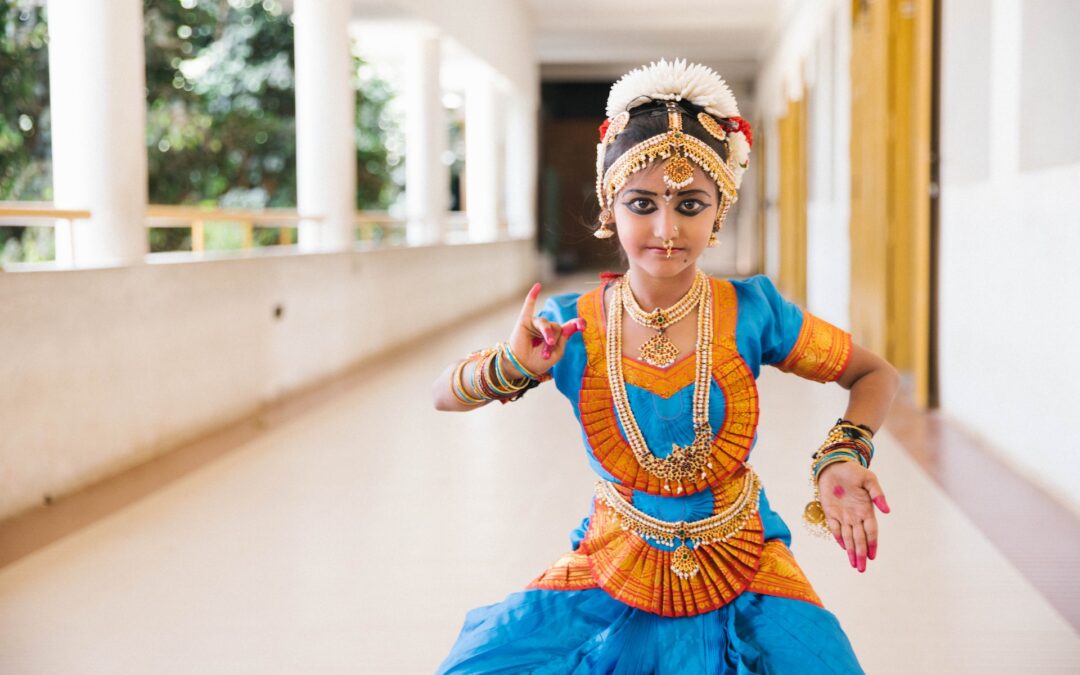In the midst of this ever-evolving digital epoch, the realms of art and culture find themselves embarking upon a journey of profound metamorphosis. With the advent and proliferation of cutting-edge digital technologies, the very fabric of artistic creation, dissemination, and appreciation has been revolutionized beyond recognition. In this captivating era, where the integration of artificial intelligence assumes a central role and the ascendance of digital platforms sets the stage, the future of art and culture stands as a fertile ground teeming with both boundless possibilities and formidable challenges. As we delve into the depths of this article, our discerning gaze shall navigate the intricate web of influences wrought by the digital age upon the multifaceted tapestry of art and culture. Herein, we shall unravel the enigmatic threads of key trends, beckoning opportunities, and thoughtful considerations that await us on the horizon of this ever-unfolding narrative.
Table of Contents
- 1. The Influence of Artificial Intelligence on Art Creation
- 2. The Paradigm Shift in Art from Hellenistic to Hebraic Consciousness
- 3. Digital Technology’s Impact on Cultural Institutions
- 4. Supporting Culture in the Digital Age
- 5. Digital Art and the Future of Traditional Arts
- 6. The Democratization of Art and Culture
- 7. Augmented Reality and Immersive Experiences
- 8. Digital Preservation and Access to Cultural Heritage
- 9. Challenges of Digital Copyright and Intellectual Property
- 10. Collaboration and Interdisciplinary Approaches
- 11. Interactive Installations and Public Engagement
- 12. Virtual Reality as a Medium for Artistic Expression
- 13. Evolution of Art Education in the Digital Age
- 14. Data-Driven Insights in Art and Culture
1. The Influence of Artificial Intelligence on Art Creation
Artificial intelligence (AI) has significantly influenced art design in the digital age. AI technologies enable intelligent, interactive, and data-driven content expressions [1]. By replicating the human mind and decoding emotions, AI-powered interactive art offers highly immersive and kinetic experiences. The development of AI has led to the integration of natural human behavior and senses into artistic expressions [1].
2. The Paradigm Shift in Art from Hellenistic to Hebraic Consciousness
The transition from pre-modernism to postmodernism in the digital age represents a shift from Hellenistic to Hebraic roots of Western culture. Semiotic and morphological analysis of art and visual culture highlight the confluence between Hebraic consciousness and new directions in art enabled by scientific inquiry and digital technologies [2].
3. Digital Technology’s Impact on Cultural Institutions
Digital technology has revolutionized cultural institutions, transforming the way they operate and engage with audiences. The digital age has given rise to new opportunities and challenges in international cultural relations. Cultural institutions must navigate the digital landscape, adapt to emerging trends, and leverage digital strategies to reach wider audiences and establish global networks [3].
4. Supporting Culture in the Digital Age
The digital age has disrupted the cultural value chain, offering new opportunities while presenting challenges. It is crucial to understand the effects of the digital age on the cultural ecosystem and develop strategies and policies that ensure sustainability, diversity, equity, and accessibility. This requires addressing issues such as access to infrastructure, protection of intellectual property, and understanding digital audiences [4].
5. Digital Art and the Future of Traditional Arts
Digital art has become a significant presence in the art world, particularly through virtual reality, digital accessibility, and tech-enabled artistic creativity. The rise of digital art and its impact on traditional arts has been a topic of academic discourse. Technological disruptions have influenced art education and opened up new avenues for aesthetic exploration [5].
6. The Democratization of Art and Culture
Digital technologies have played a crucial role in democratizing art and culture. With online platforms and social media, artists and creators have gained greater visibility and access to global audiences. The internet has become a medium for artistic expression, allowing diverse voices and perspectives to be heard [3].
7. Augmented Reality and Immersive Experiences
Augmented reality (AR) has transformed the way art is experienced. Through AR technology, artworks can be enhanced with digital elements, providing viewers with immersive and interactive experiences. AR has the potential to blur the boundaries between the physical and digital realms, creating new dimensions for artistic expression [1].
8. Digital Preservation and Access to Cultural Heritage
The digital age offers opportunities for preserving and accessing cultural heritage. Digital archives and virtual museums enable the preservation of artworks and artifacts, making them accessible to a global audience. Through digital technologies, cultural heritage can be safeguarded and shared for future generations [3].
9. Challenges of Digital Copyright and Intellectual Property
The digital age has brought forth challenges related to copyright and intellectual property. The ease of digital reproduction and distribution raises concerns about unauthorized use and piracy. Protecting artists’ rights and ensuring fair compensation in the digital realm are crucial for sustaining a thriving art and culture ecosystem [4].
10. Collaboration and Interdisciplinary Approaches
The digital age has fostered collaboration and interdisciplinary approaches in art and culture. Artists, technologists, scientists, and other professionals come together to explore new possibilities at the intersection of art and technology. Collaborative projects push boundaries and drive innovation, resulting in unique and transformative experiences [2].
11. Interactive Installations and Public Engagement
Digital technologies have enabled interactive installations and enhanced public engagement with art and culture. Immersive installations, digital sculptures, and interactive exhibitions provide visitors with participatory experiences, blurring the line between observer and creator. This fosters a deeper connection between the audience and the artwork [1].
12. Virtual Reality as a Medium for Artistic Expression
Virtual reality (VR) has emerged as a powerful medium for artistic expression. VR allows artists to create immersive environments and narratives that transport viewers to new realms. It offers a unique way to explore and experience art, engaging multiple senses and providing a highly immersive encounter [5].
13. Evolution of Art Education in the Digital Age
The digital age has influenced art education, expanding the tools and methods available to both educators and students. Digital platforms, online courses, and virtual workshops have made art education more accessible and flexible. The integration of technology into art curriculum fosters experimentation and new modes of creative expression [5].
14. Data-Driven Insights in Art and Culture
The digital age has facilitated the collection and analysis of data in the art and culture sector. Data-driven insights provide valuable information about audience preferences, trends, and engagement. This enables artists, cultural institutions, and policymakers to make informed decisions and tailor their offerings to meet the evolving demands of audiences [1].













0 Comments